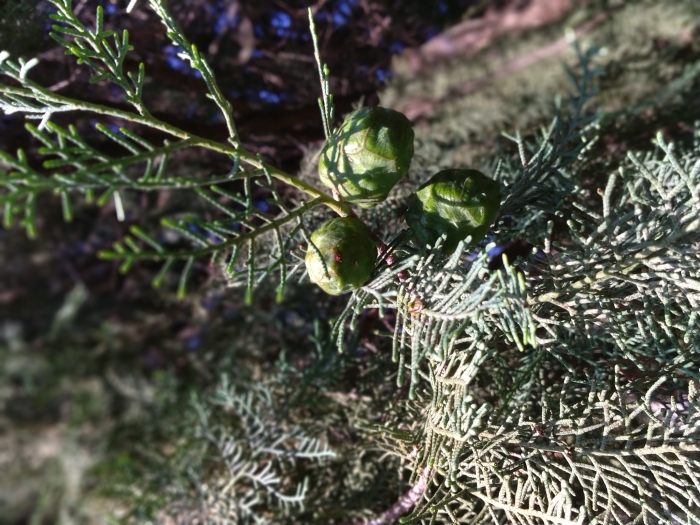Saharan Cypress
(Cupressus dupreziana)
Saharan Cypress (Cupressus dupreziana)
/
/

Rohit Naniwadekar
CC BY-SA 4.0
Image By:
Rohit Naniwadekar
Recorded By:
Copyright:
CC BY-SA 4.0
Copyright Notice:
Photo by: Rohit Naniwadekar | License Type: CC BY-SA 4.0 | License URL: https://creativecommons.org/licenses/by-sa/4.0 | Uploader: Rohitjahnavi | Publisher: Wikipedia Commons




















Estimated Native Range
Summary
Cupressus dupreziana, commonly known as Saharan Cypress, is an evergreen tree native to the Tassili n’Ajjer mountains of the central Sahara desert in Algeria. It is adapted to extremely arid conditions, growing on rocky plateaus and slopes at high elevations. This species is one of the most drought-tolerant cypresses, capable of surviving in some of the harshest desert environments on Earth. Saharan Cypress typically reaches a height and width of 15-65 feet (5-20 meters), with a slow growth rate due to the challenging conditions of its native habitat.
The Saharan Cypress is notable for its ability to withstand long periods of drought and its unique, often contorted growth form that reflects its adaptation to the desert climate. It has a dense, conical to irregular crown with dark green, scale-like leaves. The tree is not widely cultivated but can be used in xeriscaping and desert landscaping for its striking appearance and extreme drought tolerance. It requires full sun exposure and well-drained soils, ideally sandy or rocky substrates. While it is not prone to many diseases, its limited genetic diversity in the wild poses a risk to its conservation.
Due to its rarity and specific growing conditions, Saharan Cypress is not commonly available in the nursery trade, and there are no known popular garden cultivars. It is not considered invasive when grown outside its native range due to its specific habitat requirements.CC BY-SA 4.0
The Saharan Cypress is notable for its ability to withstand long periods of drought and its unique, often contorted growth form that reflects its adaptation to the desert climate. It has a dense, conical to irregular crown with dark green, scale-like leaves. The tree is not widely cultivated but can be used in xeriscaping and desert landscaping for its striking appearance and extreme drought tolerance. It requires full sun exposure and well-drained soils, ideally sandy or rocky substrates. While it is not prone to many diseases, its limited genetic diversity in the wild poses a risk to its conservation.
Due to its rarity and specific growing conditions, Saharan Cypress is not commonly available in the nursery trade, and there are no known popular garden cultivars. It is not considered invasive when grown outside its native range due to its specific habitat requirements.CC BY-SA 4.0
Plant Description
- Plant Type: Tree
- Height: 15-65 feet
- Width: 15-65 feet
- Growth Rate: Slow
- Flower Color: N/A
- Flowering Season: Non-Flowering
- Leaf Retention: Evergreen
Growth Requirements
- Sun: Full Sun
- Water: Low
- Drainage: Fast
Common Uses
Bird Garden, Drought Tolerant, Fragrant, Low Maintenance
Natural Habitat
Tassili n’Ajjer mountains of the central Sahara desert
Other Names
Common Names: Moroccan Cypress, Cyprès De Duprez, Cyprès De L’Atlas, Azel, Tarout
Scientific Names: , Cupressus dupreziana,
GBIF Accepted Name: Cupressus dupreziana A.Camus